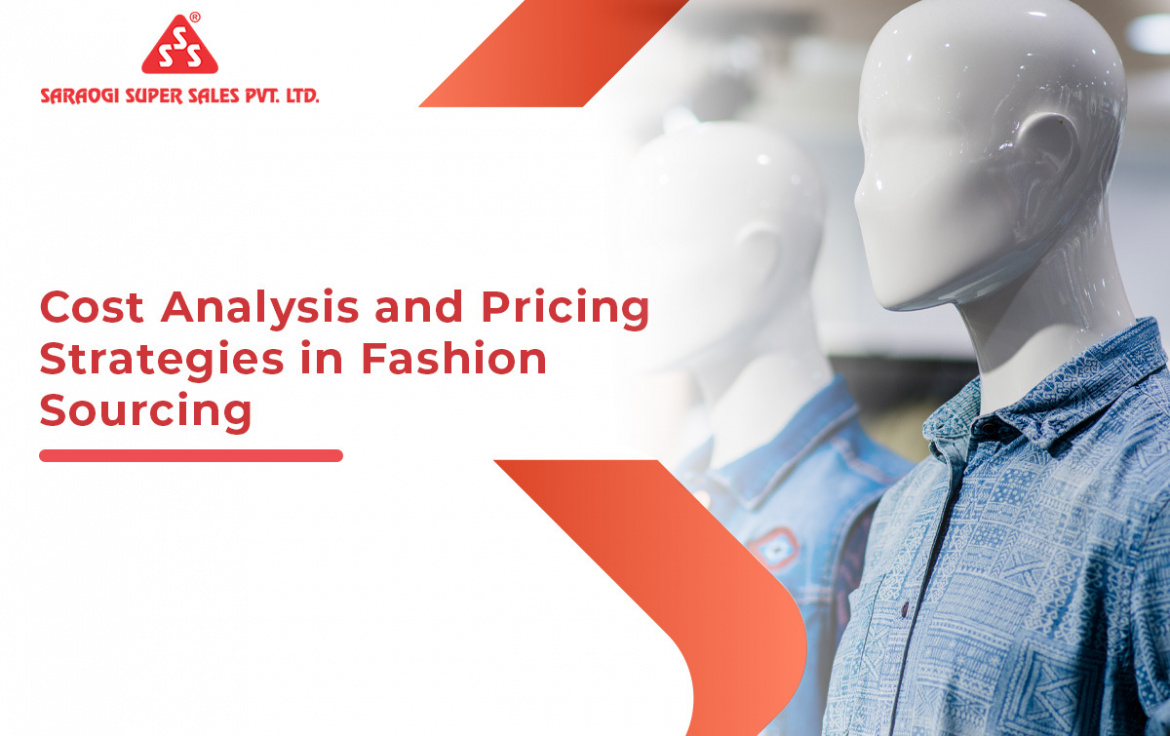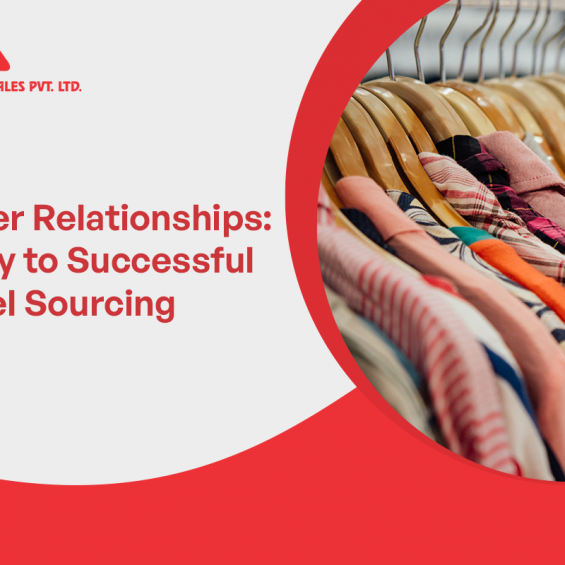Cost Analysis and Pricing Strategies in Fashion Sourcing
In the evolving world of fashion sourcing, a careful balance of cost analysis and effective pricing tactics is critical, as it significantly impacts consumer decisions and purchasing power, dictating a brand’s profitability.
A fundamental shift in customer consciousness amplifies the necessity for insightful cost analysis and pricing strategies. Brands embracing transparency and apparel sourcing techniques are set for long-term success as the fashion industry’s supply chain grows.
In this blog, we’ll discuss cost analysis and pricing strategies that will undertake the dynamics of consumer behaviour and intricate webs of the supply chain intertwine.
Why Is Cost Analysis Crucial in Fashion Sourcing?
The fashion industry supply chain is an intricate network that influences prices at every level. From raw materials and manufacturing to shipping, brands acquire a thorough insight into their financial situation by methodically scrutinising production expenses. This insight enables them to optimise procedures, negotiate better agreements with suppliers, and strategically allocate resources for optimal efficiency.
Cost analysis also enables firms to inspect their supplier chains systematically in an age featured by ecological imperatives and ethical issues. Uncovering hidden costs and monitoring the environmental and social effects of sourcing decisions is essential, as is promoting a responsible attitude.
Furthermore, as global markets evolve and consumer preferences alter at an unprecedented rate, cost analysis offers protection against economic risks. It offers quick adjustments to market circumstances, ensuring that pricing stays competitive without sacrificing profits. Hence, this complex combination of trend and cost analysis emerges as the quiet power driving fashion sourcing toward success and longevity.
What Is the Need for Labor Cost Analysis?
Analyzing labour costs is essential as it is the foundation of every brand’s financial stability. Organisations can comprehend and manage their most significant expenditure owing to labour cost inaction.
It enables them to make wise decisions regarding hiring, pay, and productivity. Accurate labour costs are essential for budget management efficiency enhancement and ensuring long-term growth.
How Do You Craft Effective Pricing Strategies?
Let’s discover how you can develop successful pricing strategies.
1. Recognize Your Cost
Start by performing a thorough cost analysis. You must include the cost of the materials, the overhead, and any other charges. This serves as the basis of your prices.
2. Recognize Market Trends
Keep abreast of changes in both the market and fashion. You should develop pricing that reflects both market positioning and consumer expectations.
3. Competitive Benchmarking
Examine the price tactics of your competitors. Analyse your position concerning the competition to see if you can change more or need to lower your prices.
4. Unique Selling Price
Since pricing perceives worth, you need to draw attention to your commodity’s USP and adjust the pricing accordingly. This strategy can support higher price points.
5. Dynamic Pricing
You should consider developing real-time data-based dynamic pricing techniques. This enables you to modify pricing in response to changes in inventory and demand.
6. Segmenting Your Consumer
By studying your targeted audience, you can provide more specialised price alternatives. Prominent examples are discounts for larger orders and loyalty programs for devoted clients.
7. Profit Margin Optimization
Maintain a healthy profit margin while maintaining your competitiveness by balancing your pricing. A void of underpricing and overpricing will affect your commodities’ overall sales and reputation in the market.
8. Promotion and Discounts
To increase your sales and foster a sense of urgency, strategically employ promotions, discounts, and limited-time deals.
9. Continuous Monitoring
Keep an eye on the effectiveness of your pricing plan and make any adjustments. Market dynamics and consumer preferences are subject to fast changes.
10. Transparency
Avoid unexpected or hidden costs and clearly explain pricing to customers since transparency is the key to building an appropriate image for the brand among consumers.
Examining the supply chain stages is essential to finding areas where you can save money. Thus, you must constantly tweak the approach in apparel sourcing in the USA and remain competitive in a continually evolving sector.
Also Read : Quality Assurance In Apparel Sourcing: From Samples To Final Products
Saraogi Super Sales: Ideal Partner for Apparel Textile Sourcing USA
Achieving the ideal cost-price balance ensures sustainable profit margins and allows firms to flourish in the fiercely competitive fashion industry. To navigate pricing strategies and cost analysis, you must study consumer behaviour and market trends to ensure that pricing strategies are legitimate and appealing to the ethical audience. For a competitive advantage in fashion sourcing, optimise expenses and price strategies with the help of Saraogi Super Sales and precision-tune your apparel sourcing approach.
FAQ’s :
What is the best pricing strategy for clothing?
How Clothing Manufacturers Determine Cost Sheet And Pricing
Specializing in sourcing and exporting
a wide range of garments and apparel







